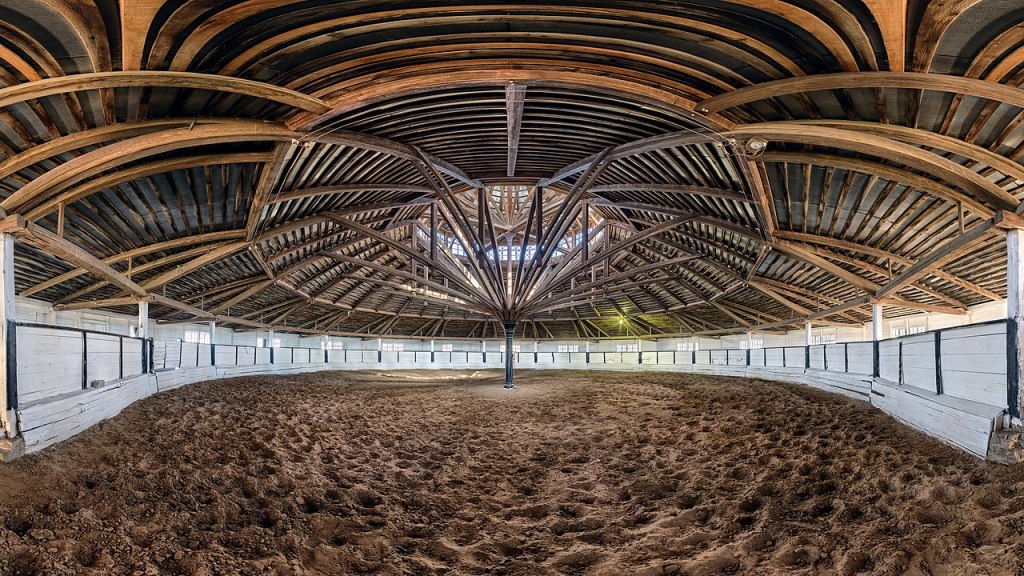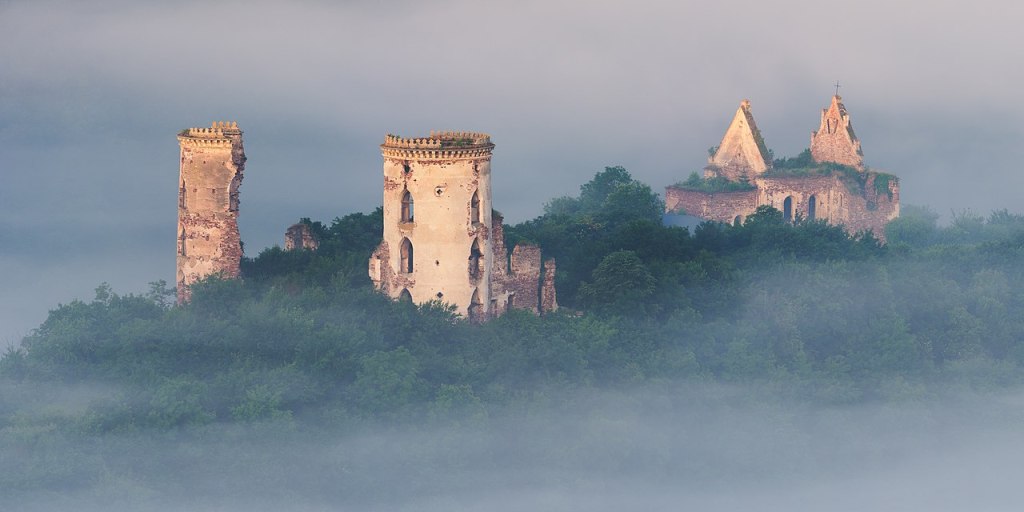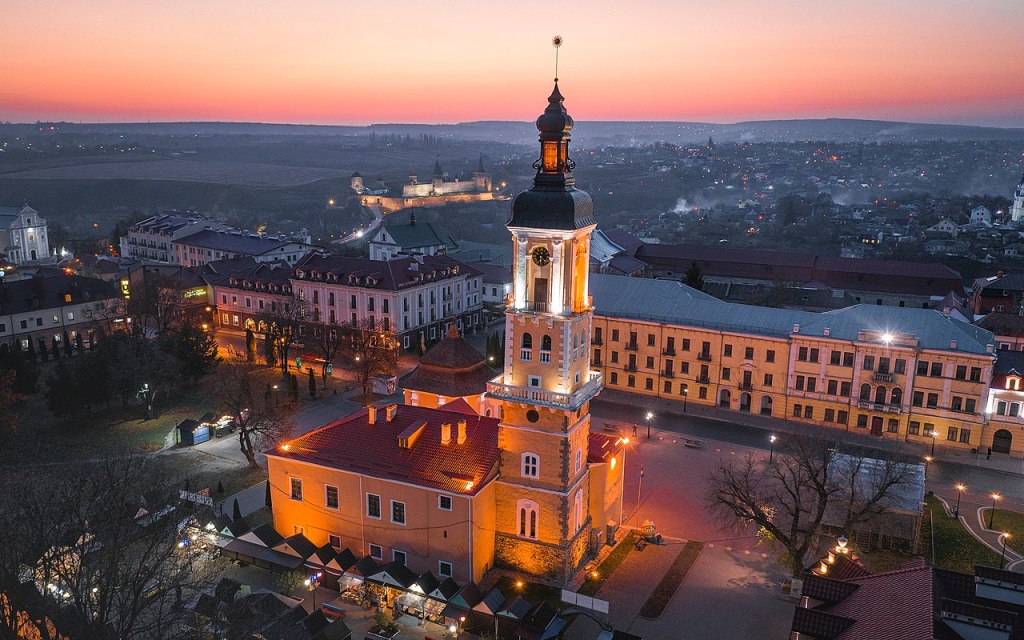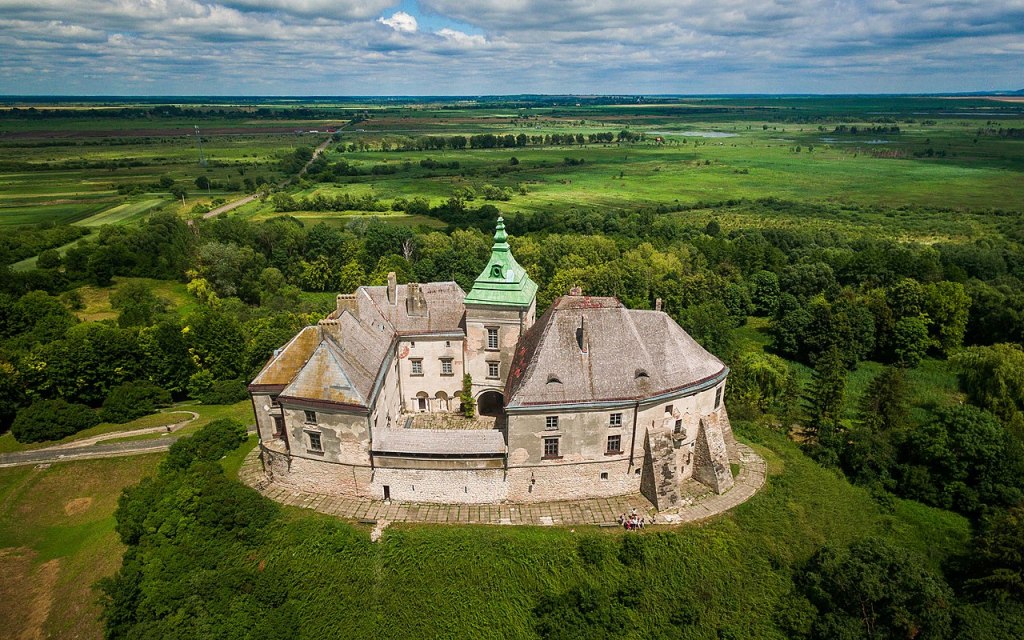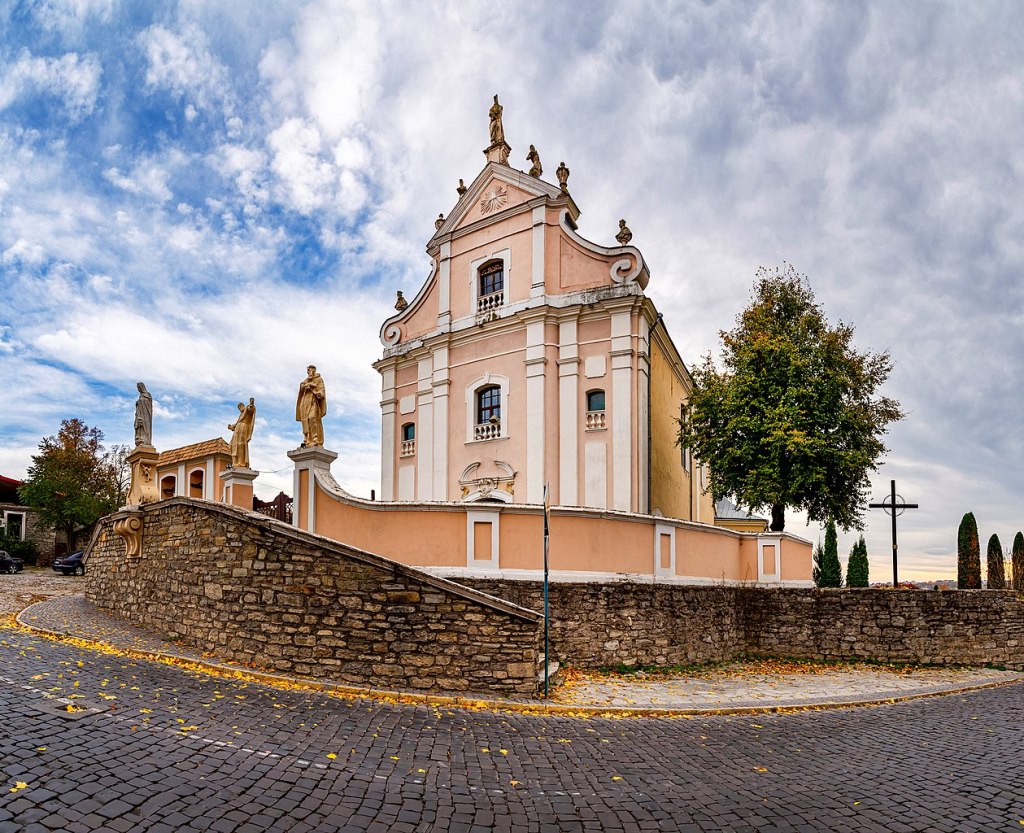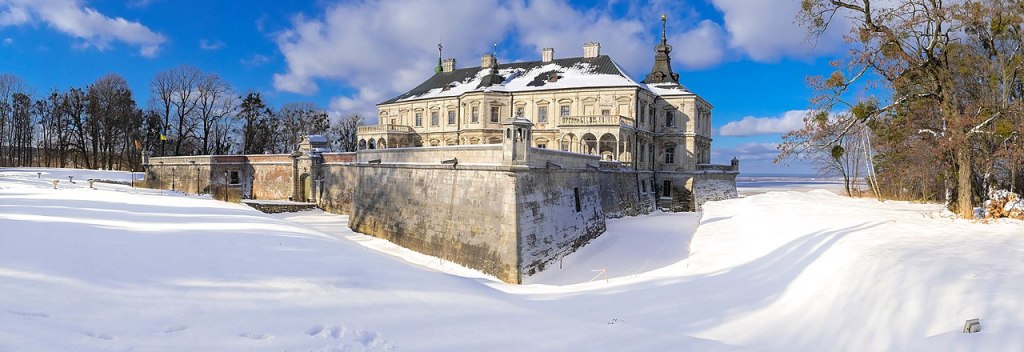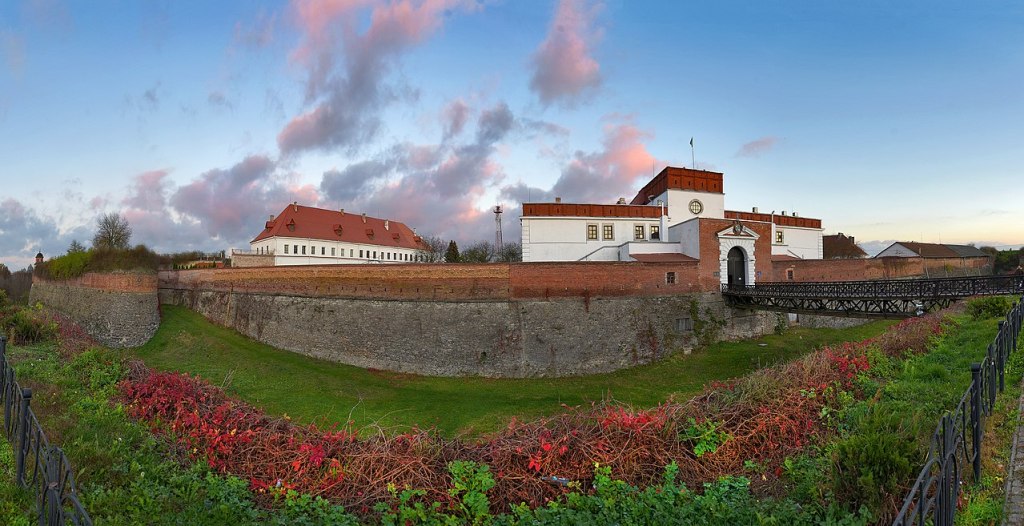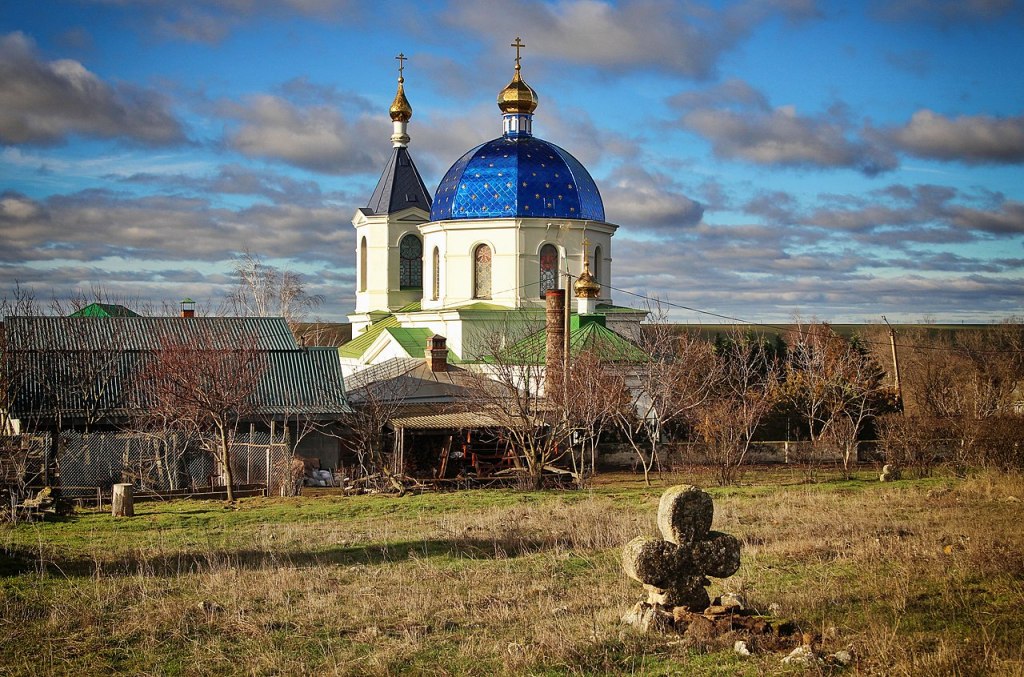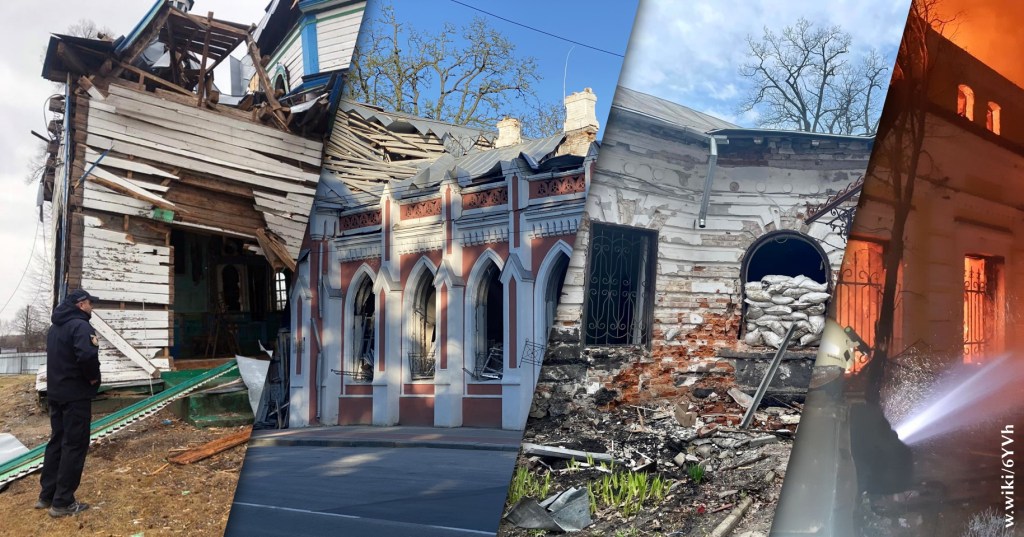Wiki Loves Monuments has taken place in Ukraine every year since 2012. Over the past decade a team of Ukrainian volunteers with the help of Wikimedia Ukraine not only built a large-scale photo contest with over 366,000 photos of Ukrainian cultural monuments submitted, but also developed a cultural heritage protection project that maintains a unique database of all Ukraine’s cultural monuments. In 2022 the contest happened in the middle of a Russian all-out invasion of Ukraine, but it still attracted significant participation with almost 14,000 images from close to 300 participants. Today we are sharing perspectives from the contest’s organisers – and unveiling the ten best pictures of the 2022 Ukrainian edition.
“As of 12 April 2023, UNESCO has verified damage to 251 sites since 24 February 2022 – 108 religious sites, 21 museums, 90 buildings of historical and/or artistic interest, 19 monuments, 12 libraries ,1 archive… Unfortunately, we understand that these numbers reflecting destruction and damage to the cultural heritage of Ukraine are not yet final. This need to try to document, and to preserve our cultural heritage at least in pictures, was the main drive for the whole team to dedicate time and effort to organising yet another edition of the Wiki Loves Monuments photo contest in Ukraine.” – shared Olha Milianovych, a member of the contest’s organising committee, press secretary of Wikimedia Ukraine.
Around 14,000 images were uploaded by almost 300 participants in the 2022 contest edition. They illustrate over 5,300 monuments, including 351 monuments depicted for the first time. This is the lowest number of photos submitted during the whole history of the contest in Ukraine – though still impressive, considering all the challenges the team, participants, and monuments themselves faced.
Atoly, a member of the contest’s organising committee, active editor and administrator of Ukrainian Wikipedia, explains: “I live quite close to the active frontline, so for me editing lists of cultural monuments, creating visuals, writing posts etc. was done between missile strikes, during periods of time when there was electricity, often hearing in the background how the artillery works. My father’s house was damaged when a rocket hit nearby. Thankfully none of my family members were harmed, but the roof, windows, doors had to be repaired to be able to live there… I think in a way we were all partially substituting worrying about dear ones with more constructive work on organising the 11th edition of Wiki Loves Monuments in Ukraine. It was a difficult journey, with us fully aware that we just cannot do as much as is needed, and this is basically just us “keeping the lights on”, done in spite of a whole range of obstacles. We can be content that we at least tried our best”.
“The lists of monuments we gathered and published on Wikipedia since the contest’s launch in 2012”, said Illia Korniiko, a member of the contest’s organising committee, chair of the Wikimedia Ukraine Board, “still remain the largest open database of official cultural heritage sites of Ukraine as of now. There are more than 95 thousand items there, though the list is still quite far from being complete. During the 10 years of us organising the contest in Ukraine we were able to gather over 366 thousand photos of 39.6 thousand objects. We believe that documenting our cultural heritage is even more relevant than ever during the full-scale invasion, when the cultural and architectural monuments of Ukraine are constantly under threat of destruction”.
“With martial law in place, the organising committee decided that only pictures and videos taken before February 24, 2022, would be accepted”, said Anatolii Honcharov, a member of the contest’s organising committee, administrator of Wikimedia Commons, “the team feared for the participants’ safety (as even in peaceful times a stranger coming to a remote village to take pictures of buildings can be weird and suspicious; but during the active full-scale invasion the level of suspicion is tripled at least, and can result in a scandal or even bodily harm), and the team shared a concern about participants accidentally filming some military actions or objects, harming national security. This limitation, of course, presented challenges in organising – a smaller potential pool of participants, lower quality and quantity of submissions, and a need to check all 14,000 uploads, to name a few.”
Below are the 10 winning pictures of the Ukrainian cultural heritage monuments in 2022 Wiki Loves Monuments Ukraine.
Serhii Orlyk’s picture of the view inside the “Japanese” manger at the Derkulskyi horse farm in Danylivka, Luhanska Oblast, won 1st prize. The picture was taken in October 2019; since 2022 the farm itself is in the occupied territories of Ukraine, with little information about what is happening with the farm and its buildings themselves.
The 2nd prize was awarded to Serhii Ryzhkov’s work depicting Chervonohrod Castle in Nyrkiv, Ternopil Oblast. It was taken in June 2021.
A photo showing the inside of the magnificent Boim Chapel in Lviv pictured by Vadym Posternak in July 2021 won the 3rd prize.
A picture with an aerial view of Polish magistrate in Kamianets-Podilskyi of Khmelnytskyi Oblast by Andrii Chuiashenko was awarded the 4th place by the jury. It was taken in November 2021.
Another work by Andrii, depicting Olesko Castle in Lviv Oblast, won 5th place at the national level. It was taken in June 2018.
Serhii Zysko’s photo of the church of the Holy Trinity (Trinitarian) in Kamianets-Podilskyi of Khmelnytskyi Oblast was taken in October 2021. It is in the 6th place.
A winter view of the Pidhirtsi Castle in Lviv Oblast by Yurii Petruniak was awarded the 7th place. It was taken in January 2022.
Alex Kharvat’s photo of Dubno Castle in Rivne Oblast is in the 8th place. The picture was taken in November 2020.
The church of the Beheading of Saint John in Ivanove of Odesa Oblast, as pictured by Oleksandr Malyon in January 2022, was awarded the 9th place.
The top 10 pictures of Ukrainian Cultural Heritage 2022 are concluded by another work by Serhii Ryzhkov – this time from September 2017 – depicting Lviv Theatre of Opera and Ballet.
“2022 was the first year that Ukrainian winning pictures – and usually our contest has been one of the biggest Wiki Loves Monuments local contests in the world – were not taking part in the international contest”, commented Mykola Kozlenko, a member of the contest’s organising committee, administrator of Ukrainian Wikipedia. “The international team decided to allow pictures of Russian cultural heritage to compete, and this was not something we considered to be right. While we fully support the spread of free knowledge in various forms, we believe that it is not appropriate to promote at an international level photos from the country that systematically destroys and steals Ukrainian cultural, architectural and archaeological monuments. Not to mention that Russia’s war has deprived Ukrainian photographers of equal conditions in the competition. While daily life in Russia continues largely as normal, Ukrainian photographers have had to operate in extremely difficult conditions and under many limitations – both the formal ones imposed for security reasons and the overall situation in Ukraine (power blackouts, problems with Internet connectivity, and for some Wikimedians even losing their equipment or archives as their homes were destroyed or looted)”.
“We have just announced a thematic writing challenge of documenting destroyed or endangered cultural heritage of Ukraine in Ukrainian Wikipedia”, shared Olha Krezub, a member of the contest’s organising committee, an active editor of Ukrainian Wikipedia. “The banner we use for this is a collage of a museum, a library, a church, and a manor – all from different regions of Ukraine, all now destroyed. Now compare it to the pictures you saw above, some of them taken just a month before the full-scale invasion”.
The Wiki Loves Monuments contest in Ukraine has additional prize categories – the national jury selects the 10 best pictures across Ukraine, but also the best picture in each region (oblast), even in the ones occupied by Russia since 2014. There are also special categories for monuments with some themes or means of creation; for example this year “Jewish Heritage”, “Photographic Film”, “Best Picture of Little Known Monuments”, “Kharkiv Landmarks”, and “Video” (yes, videos, even though it is a photography contest) were featured. The announced winners are all published here: https://commons.wikimedia.org/wiki/Wiki_Loves_Monuments_2022_in_Ukraine
“This was a challenging year, but the work we are doing is important. Thanks to all our partners, volunteers, participants, jury members and community members from all over the world supporting us, the Ukrainian community will remain involved in Wiki Loves Monuments. And of course, we hope that this year we will face fewer obstacles”, concluded Mykola Kozlenko.

Can you help us translate this article?
In order for this article to reach as many people as possible we would like your help. Can you translate this article to get the message out?
Start translation
